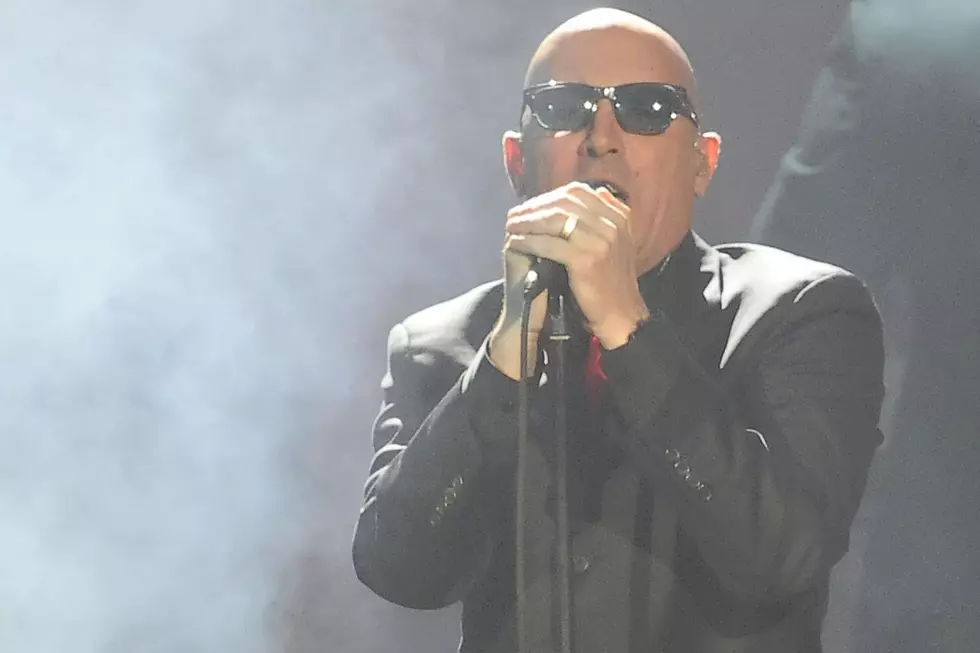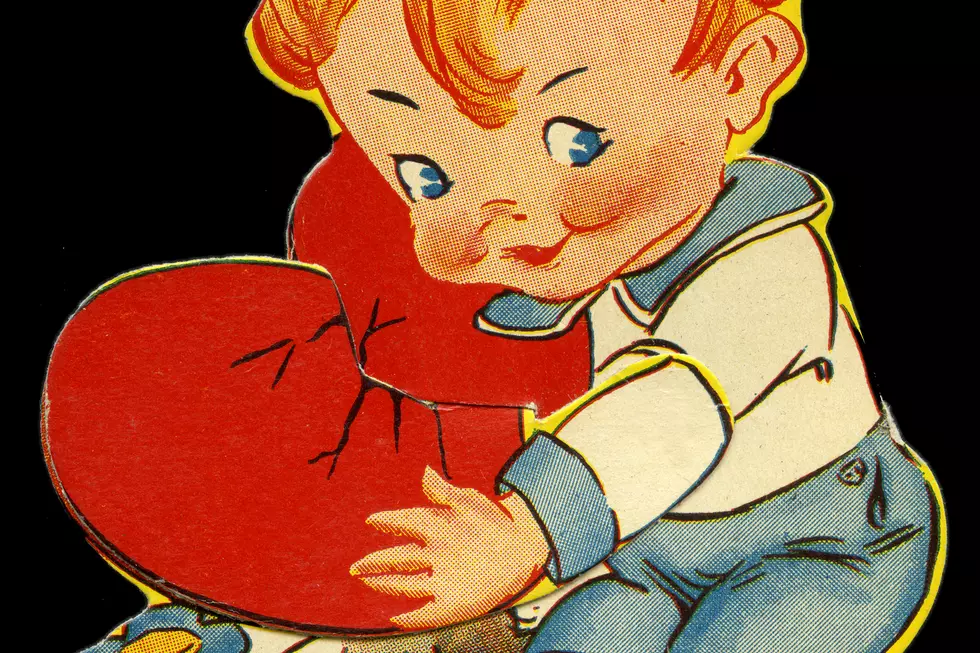
Syvia’s Ruthy Mirsky Dishes On Singing With the Drums, New Song ‘Two Homes’ + More
Like many artists, Ruthy Mirsky has had a hand in a number of projects. Over the course of her career, the Norwegian-American been a backup singer for the Drums and a member of What What Where, so it's not too surprising she's open to change even within her own band, Syvia.
In 2011, Syvia released the EP 'Unloveable' in 2011, a Scandinavian-style indie-pop record Mirsky cut with producer and multi-instrumentalist Simone Ghetti. For the follow-up, Mirsky was looking for a grittier sound -- something with more of a rock edge -- so she teamed up with guitarist Frank Banisi, bass and synth player Sheldon Chow and drummer Richard Moyle, Jr. The revamped Syvia now have an album in the works and recently came out with 'Two Homes,' which you can now download for free on their SoundCloud.
Diffuser.fm had the chance to chat with Mirsky about the story behind the band name, her favorite Scandinavian acts and the first time she "officially" called herself a singer.
What's your first musical memory?
I remember my father was always singing these old folk tunes like 'The Bowery' from a 19th century musical and songs from Gilbert & Sullivan productions when I was a kid, so I remember that very clearly. Although since we actually did live on the Bowery, I always thought he had just made the song up to entertain me and my brother. He also loved gospel and blues music and encouraged me to listen and learn from singers like Mahalia Jackson, so I would put gospel CDs and records on and sing along whenever I could.
What's the story behind the band name?
Syvia is my middle name. It's Yiddish for "doe," and it was inherited from my grandmother. It just seemed to make sense considering how personal my music tends to be.
You were a backup singer for the Drums. What was that experience like?
It was a bit surreal. We went from playing a residency at the Annex (now defunct) on the Lower East Side [in Manhattan] to being flown to London and Iceland. It was the first time I could genuinely write my occupation down as 'singer' on official forms, and each time I was able to do that, it was thrilling. Playing all these shows and festivals was great, and when it was over, I realized that all I wanted to do was to create more of my own music.
You were also in another band, What What Where. How did doing that and being in the Drums shape how you went about Syvia?
What What Where was the first band that I was really ever in, so it was my introduction to the sometimes exasperating task of being in a band and handling different personalities, egos, methods of writing. But it was also wonderful to write with partners and feed off of each other's musical energy and creativity. I learned a lot about booking shows, self-releasing music and had my first taste of playing for a huge crowd. The Drums were a bit different, since I wasn't making any decisions for the band -- I was more of a passive onlooker, which was great in its own right, because I could see all the joys and pitfalls of what was going on when a band makes it to the next level of gigging and is riding a wave of success.
Both bands taught me a lot about what I did and did not want to do with my next project, and Syvia's inception is really owed to my old bandmate from What What Where, John Majer, who encouraged me to make it a reality and to keep writing and recording songs.
Since then, Syvia has gone through different phases, as I play with sounds and the writing process and grow as a musician. I feel lucky to have had the chance to hone in on exactly what kind of live band I want after having those two very different previous experiences. With Frank, Sheldon and Rich, it's now become a sort of crazy family of friends, which is exactly what I wanted -- not just the satisfaction of making good music, but also that the process of writing and playing should be fun and communal and channel some of the same energy that a traditional band would have before everything could become so perfect and polished. I wanted Syvia to have that organic element to it, rather than simply being a studio project.
What's the song 'Two Homes' about?
'Two Homes' is a song about the complication of a heart suspended between two different places. Sometimes, that state of suspension between two loves is exactly where one wants to be.
You were featured in a couple of TV shows last year. What was your reaction when you found out about those placements?
Frankly, I was totally shocked. I have always been proud of my music, but I wasn't sure if the wider world would ever feel the same way. When the songs got picked up, I definitely felt a sense of validation, especially because many people I knew, who hadn't really listened to the songs, actually sat down and listened to them finally -- my parents included. But I understand; sometimes it takes that to make people hear what you are doing through the clamor of all the other music available.
What TV show would you love to have one of your songs in?
If I had to choose, it would probably be one of the dark Scandinavian or British crime dramas. I love 'Forbrydelsen,' which is the original Danish version of 'The Killing,' so that would be one if they ever did another season.
Scandinavia is known for producing great pop music. Who are some of your favorite artists from that area?
The Knife, Robyn, Björk, Sigur Rós, Röyksopp, Lykke Li, Susanne Sundfør
What's up next for Syvia?
We are working on an album and our first music video for Syvia's newly released single 'Two Homes,' both of which should be done early next year.
More From Diffuser.fm









